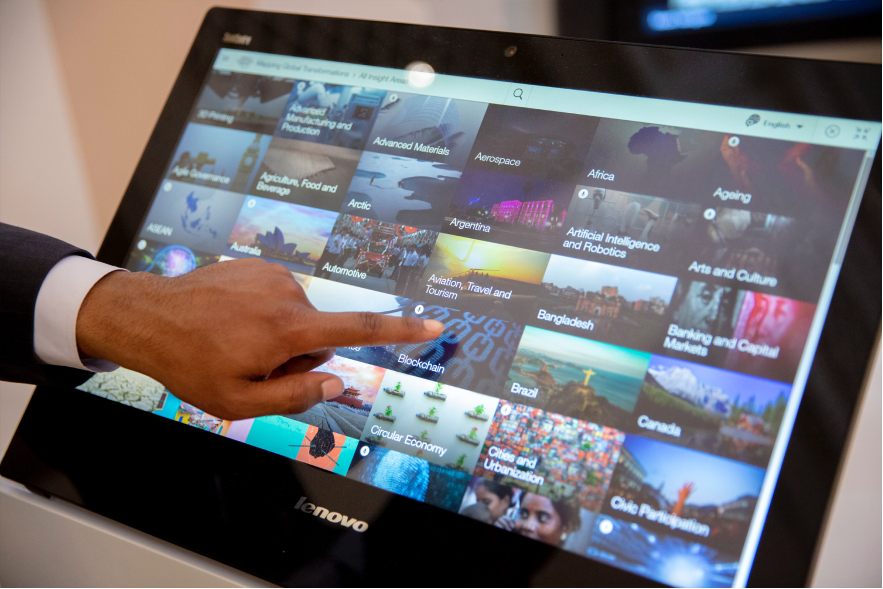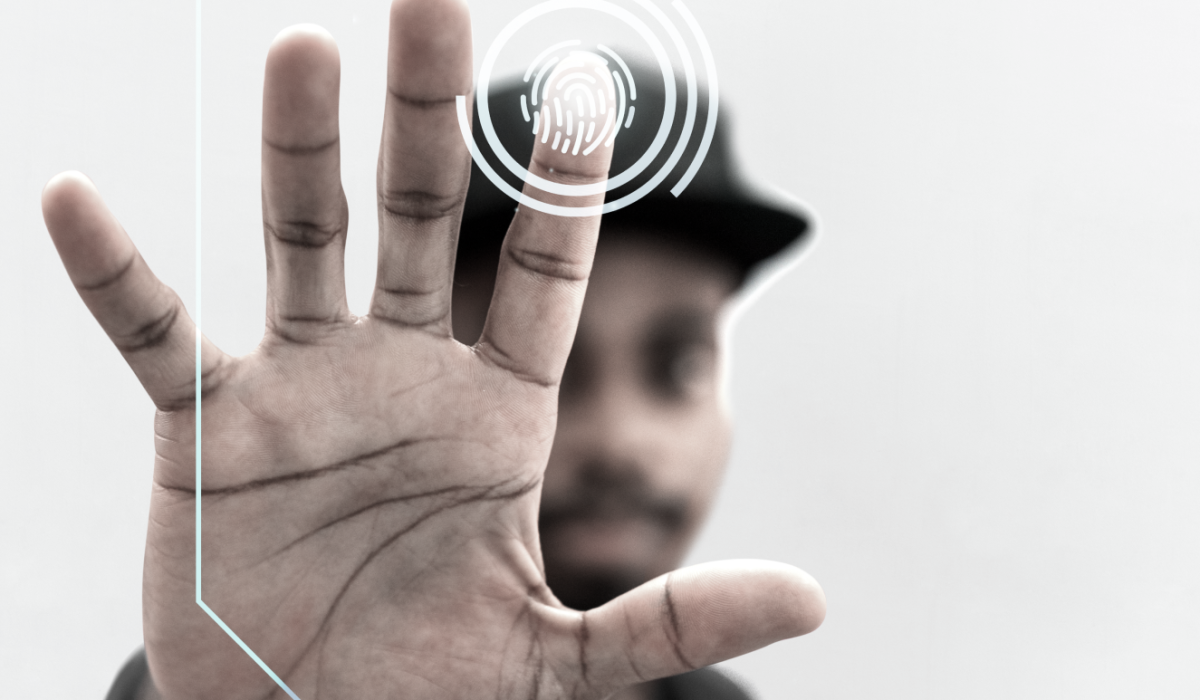Solution Showcase
How Implementing Connectivity & Automation through IoT Devices Improves Vending Machine Management
Challenges & Business Pains
Whether your machine is currently out of stock or requires maintenance, there are common challenges that ultimately hinder the process of smooth services that are expected to be provided. Such business pains can result in costing the company more time and money than ideally needed.
For example, It isn’t always clear when a vending machine is out of stock, especially when it’s of a particular item that is popular. Constant checkups require manpower, resources and more to maintain a desirable supply that can provide customers with their favorite items. Similarly, the same can be said for maintenance and repairs. Without certain systems in place, it is difficult to know the exact time machines fail or predict when maintenance is needed. Planning for maintenance can also be time and resource consuming to companies looking to optimize their supply chain in an effective manner. Even with various tools and software systems in place, without some kind of consolidated platform to interconnect everything, management in general can be scattered and difficult to execute efficiently.
These challenges prevent companies from increasing revenue and savings on expenses. Furthermore, there are countless of machines to be accounted for, and the level of effort only increases. As a result, the demand for frequent checkups increases and requires the allocation of more resources.

Connectivity & Automation: The solution to common challenges in vending machines
Many companies aim to improve overall operations and the performances of their vending machines. The question is, how? Although there are no quick fix solutions that can address inefficiencies, there are two primary factors that vending companies should consider focusing on; connectivity and automation.
Luckily, companies can leverage IoT (Internet of Things), a wireless device that uses sensors to pick up information and communicate with other devices. These devices connect to the internet and transmit a specific set or wide range of data. By accessing the vending machine’s hardware, software, user interface, payment system, and more, data can be remotely transmitted so that companies can receive real time data on multiple components that are in direct relation to a particular machine’s operational processes. It’s important to note that IoT devices will have to be accommodated by cloud-based services to truly function as intended.
So, in what ways can IoT devices help with regards to driving efficiencies? Below, we have listed 5 ways that IoT can help alleviate the management challenges most companies face.
1. Real-time Inventory Check
With IoT devices transmitting data into a consolidated dashboard, managers can monitor inventory levels across various machines to ensure that they are well-stocked with popular products. By doing so, a central dashboard can be configured to send notifications and alerts when a particular machine (or multiple machines) is low on supply.
2. Automated Restocking Issuance
Because inventory levels can be monitored through IoT devices and transmit data to software applications, automotive features can be programmed to allow for the triggering of restocking issuance. This can enable Supply Vending Clerks to receive updates on pending inventory restocks through a mobile application with additional details on the requirements. Furthermore, APIs of your current inventory management tool can be utilized so that resources can be allocated properly without issuing restocks of items that are currently unavailable.
3. Track temperatures & Conditions
One of the most frequently discussed topics regarding IoT use cases, is its ability to monitor environments or conditions. This can be extremely useful for vending machines that provide items at maintained temperatures, for example. Embedding an IoT device can allow companies to monitor certain conditions in real-time and receive notifications/alerts of prompt changes. The same can be applied to the mechanics of the machine itself. Failing parts can trigger notifications to alert vending companies, which would ultimately prompt a quicker response time. Data can also be collected over time for predictive analysis through AI so that technicians be alerted when maintenance is required without random check ups.
4. Gather Customer Related Data
Integrating an IoT device into payment systems can help vending machine companies to gather insights on customer-related spending habits. Companies can gain real-time consumer data on an item’s performance, test new products with instant feedback, and discover product life cycles using predictive analytics. Through this data, companies can further improve the customer’s experience by increasing response time to market demand.
Although we have only covered a few value points regarding IoT devices, there are also other technologies that can be used to increase management and productivity, such as blockchain, artificial intelligence and more. If you would like to learn more about how our end-to-end Vending Machine Management system works, feel free to read more about our solution.
If you would like to learn more about how our Vending Machine Management system can help benefit your retail business, or would simply like to understand how this solution works, feel free to visit the Vending Machine Management page or contact us to start a dialogue!
Discovery & Insights
Platform & Technology Discovery



AI Technology
Discover how integrating AI into existing surveillance systems can increase business growth and overall improve customer experience.
Management Systems
By making connectivity and data processing the center piece of your management effort, productivity can increase while reducing downtime.
AI Technology
How Artificial Intelligence can completely change and improve customer service experience within the landscape of the retail industry.










